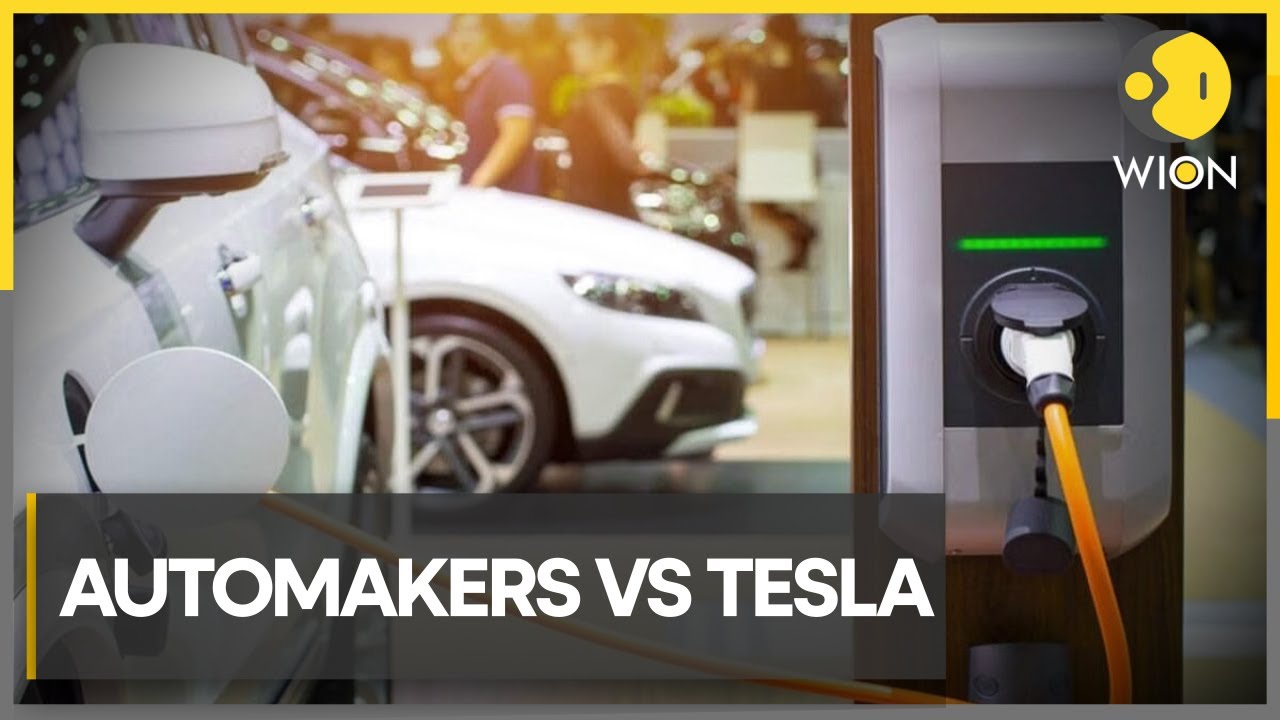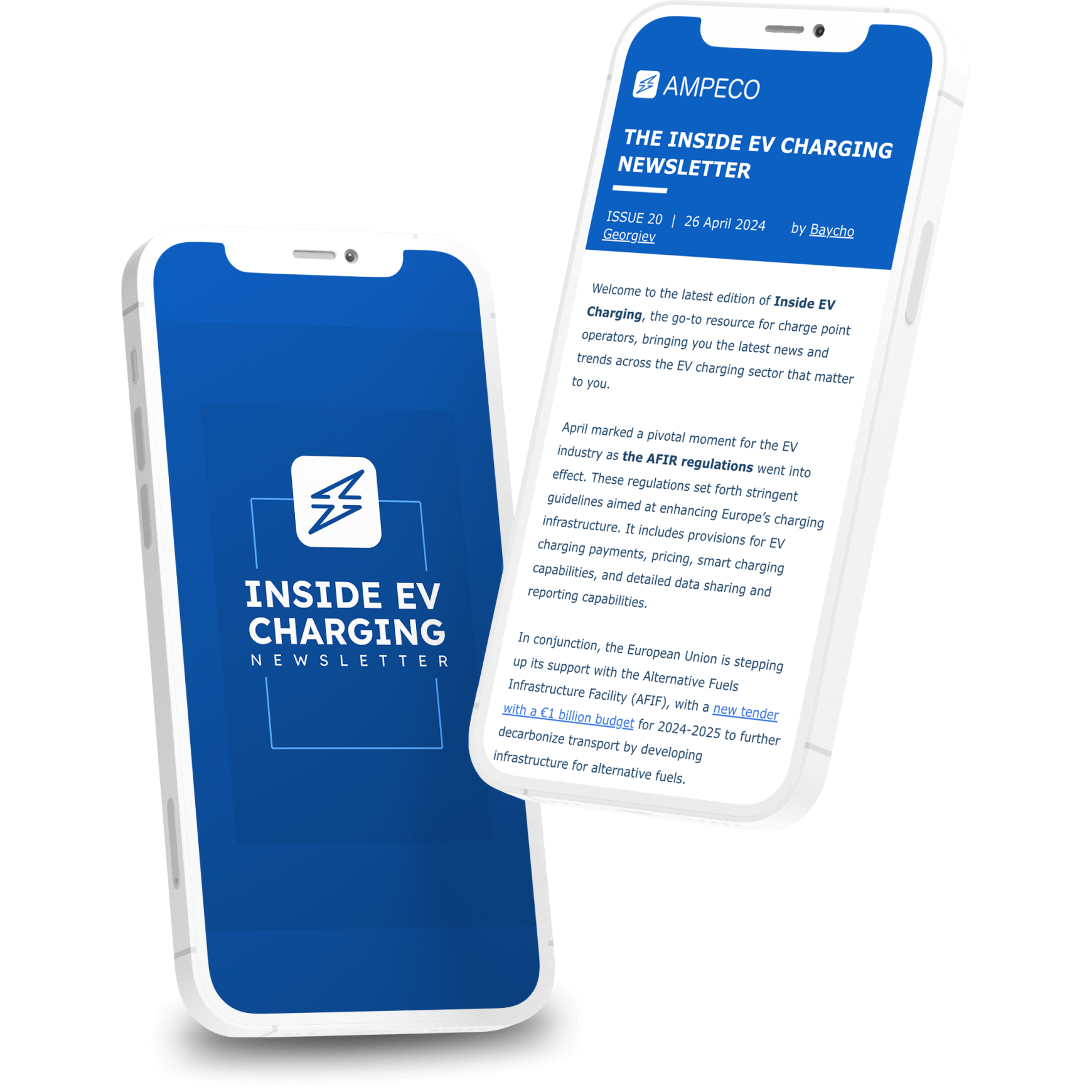Everything You Should Know Before You Decide to Buy EV Charging news
Everything You Should Know Before You Decide to Buy EV Charging news
Blog Article
New Developments in EV Charging: How the Sector Is Developing to Fulfill Demand
As the electrical automobile (EV) market continues to expand, the charging infrastructure is undergoing substantial transformations to resolve the rising need. The effects of these advancements raise crucial questions concerning the future of EV billing and its function in the wider energy community.
Growth of Billing Framework
The rapid growth of electrical vehicle (EV) charging framework is a vital part in promoting the extensive fostering of electrical wheelchair. As governments, private firms, and consumers significantly identify the significance of decreasing carbon discharges, financial investments accountable networks have risen. This facilities development is important to relieve variety anxiety, ensuring that EV customers have convenient access to billing stations.
Considerable advancements accountable terminal technology and release approaches have actually arised. Urban areas are seeing a spreading of public charging stations, while rural areas are slowly being incorporated right into the charging network. Collaborations between automotive producers and charging service providers are becoming extra typical, assisting in the facility of extensive networks that enhance user experience and ease of access.
Furthermore, the assimilation of renewable power resources right into billing terminals is acquiring energy, promoting sustainability in the EV environment. This change not only supports environmental objectives yet also lines up with the rising demand for environment-friendly energy services among consumers.
Ultra-Fast Charging Technologies
Ultra-fast billing technologies represent a substantial leap forward in the EV charging landscape, allowing electric vehicles to reenergize in a fraction of the moment contrasted to traditional billing approaches. These technologies usually provide power levels surpassing 150 kW, with some systems reaching up to 350 kW or more, significantly minimizing charging times to as low as 15-30 minutes for a considerable cost.
Trick making it possible for innovations consist of innovations in battery chemistry, power electronics, and thermal administration systems. For example, high-capacity batteries with boosted thermal stability permit faster charging without overheating. Additionally, developments in charging facilities, such as liquid-cooled wires and modular charging terminals, facilitate reliable power transfer, improving the total individual experience
Major auto makers and technology firms are actively investing in ultra-fast billing networks, identifying the crucial duty they play in getting over range stress and anxiety and accelerating the adoption of electrical vehicles. As these technologies become more extensively offered, the EV market is anticipated to witness substantial development, making electrical mobility a much more attractive alternative for consumers. On the whole, ultra-fast charging technologies are pivotal fit the future of lasting transport, leading the way for a much more comprehensive and reliable billing ecological community.
Smart Grid Assimilation

Through demand response methods, wise grid systems can readjust charging routines based upon grid conditions and electrical power prices. During durations of high demand, billing can be delayed to off-peak hours, resulting helpful site in reduced expenses for customers and decreased strain on the grid. Furthermore, vehicle-to-grid (V2G) innovations make it possible for EVs to discharge power back right into the grid, enhancing and supplying supplementary solutions grid stability.
Integration with renewable resource sources additionally improves the sustainability of EV charging. By lining up charging tasks with periods of high solar or wind generation, wise grids advertise a greener charging framework. Inevitably, wise grid integration not only sustains the expanding need for EVs yet also adds to a more sustainable and resistant energy future, positioning the sector for lasting success.
Battery Developments
In the middle of the rapid advancement of electrical vehicles (EVs), battery technologies stand at the leading edge, driving advancements in efficiency, effectiveness, and sustainability. As the demand for EVs surges, manufacturers and scientists are concentrating on improving battery technologies to deal with difficulties such as variety anxiousness and charging times.
Lithium-ion batteries stay the most commonly made use of innovation, yet new materials and chemistries are emerging to improve power thickness and durability. Solid-state batteries, for example, guarantee greater energy storage space capacity and boosted security by replacing fluid electrolytes with solid ones. This shift could considerably minimize the threat of fire and enhance the lifespan of batteries.
Furthermore, developments in battery recycling procedures are essential for sustainability. Companies are developing approaches to recover beneficial products like lithium, cobalt, and nickel from utilized batteries, advertising a circular economy and minimizing environmental influence.

International Billing Standards

Efforts are underway to establish worldwide billing criteria that help with compatibility amongst different EV versions and why not try these out billing terminals. Organizations such as the International Electrotechnical Commission (IEC) and the Culture of Automotive Engineers (SAE) are working collaboratively with auto suppliers and power service providers to develop thorough guidelines. EV Charging news. These standards goal to streamline the billing procedure, reduce the demand for numerous adapters, and enhance individual experience
Furthermore, standardization can considerably bolster the development of the charging network, as it urges investment by making framework development extra foreseeable and reliable. As the EV market grows, a unified method to charging criteria will be essential for guaranteeing that consumers can bill their lorries conveniently and reliably, therefore supporting the more comprehensive change to sustainable transport.
Conclusion
The electrical lorry charging industry is going through substantial transformation to attend to the rising demand for sustainable transportation. Improvements accountable framework, ultra-fast innovations, clever grid assimilation, and ingenious battery services are crucial in improving user experience and functional performance. The pursuit of global charging requirements is critical for making sure interoperability throughout various areas and systems. Collectively, these developments place the sector to sustain a wider fostering of electric vehicles, inevitably contributing to a more sustainable future.
Urban areas are seeing a proliferation of public charging stations, while rural regions are slowly being integrated into the charging network. In addition, growths in charging like this infrastructure, such as liquid-cooled cables and modular charging terminals, assist in reliable power transfer, enhancing the general user experience.
On the whole, ultra-fast charging modern technologies are essential in forming the future of lasting transportation, paving the means for a more considerable and efficient charging environment. - EV Charging news
By straightening billing activities with durations of high solar or wind generation, clever grids promote a greener charging infrastructure.Efforts are underway to establish global charging standards that promote compatibility among various EV models and billing terminals.
Report this page